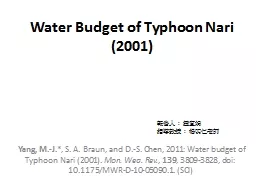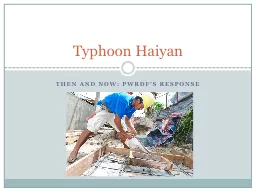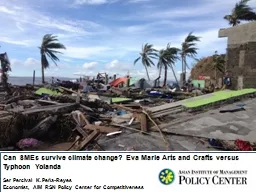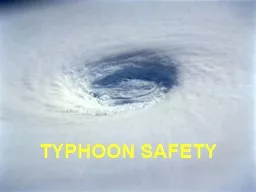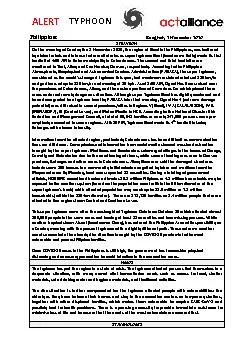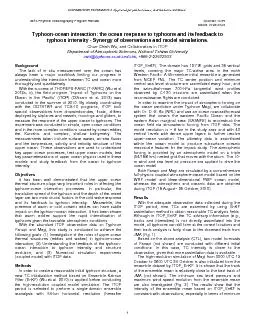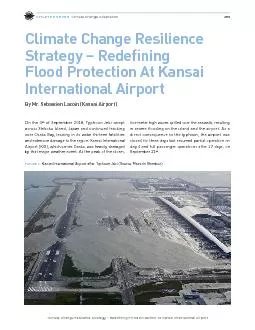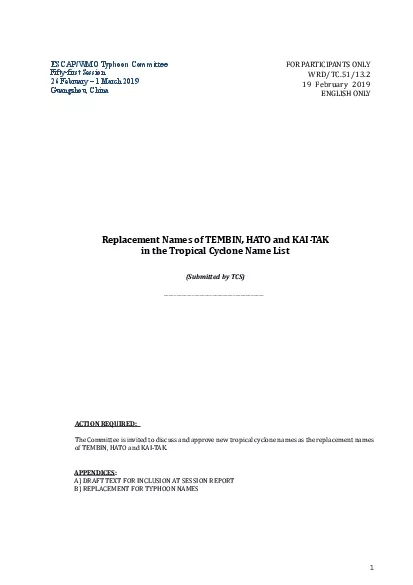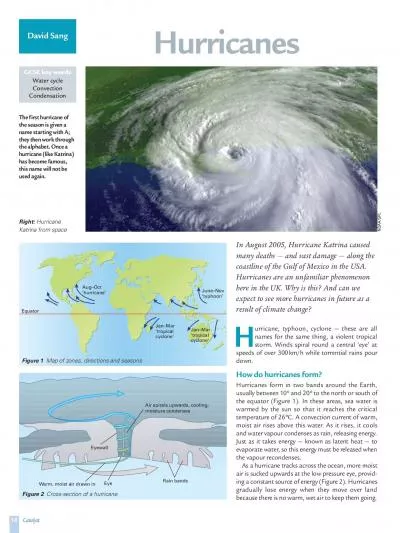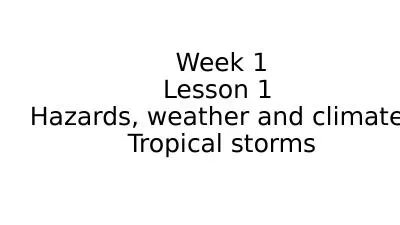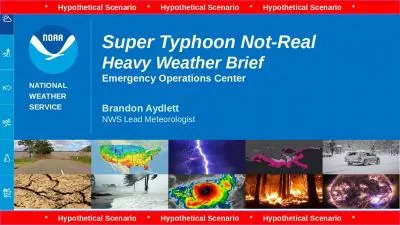PPT-Water Budget of Typhoon
Author : briana-ranney | Published Date : 2016-06-25
Nari 2001 Yang MJ S A Braun and DS Chen 2011 Water budget of Typhoon Nari 2001 Mon Wea Rev 139 38093828 doi 101175MWRD10050901 SCI 報告人
Presentation Embed Code
Download Presentation
Download Presentation The PPT/PDF document "Water Budget of Typhoon" is the property of its rightful owner. Permission is granted to download and print the materials on this website for personal, non-commercial use only, and to display it on your personal computer provided you do not modify the materials and that you retain all copyright notices contained in the materials. By downloading content from our website, you accept the terms of this agreement.
Water Budget of Typhoon: Transcript
Download Rules Of Document
"Water Budget of Typhoon"The content belongs to its owner. You may download and print it for personal use, without modification, and keep all copyright notices. By downloading, you agree to these terms.
Related Documents

